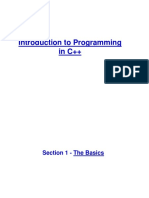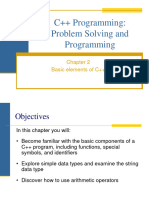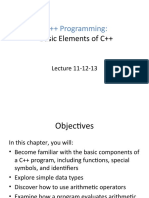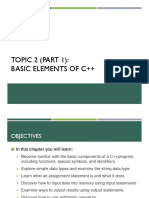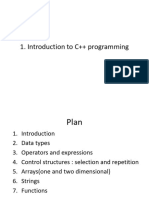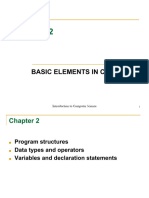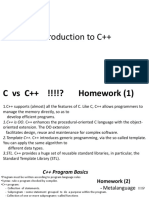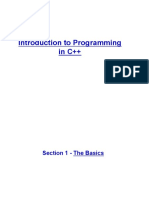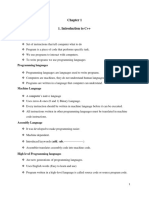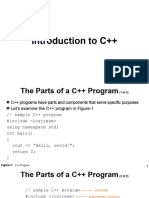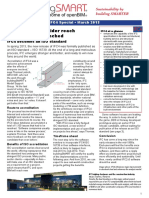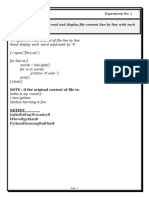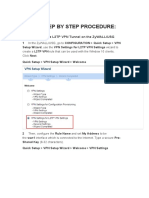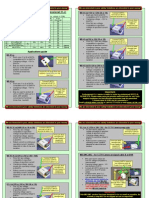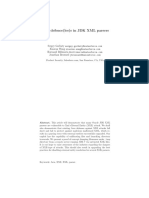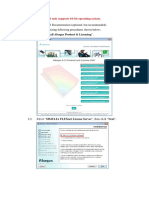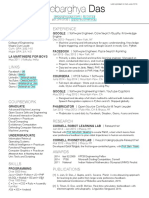0% found this document useful (0 votes)
33 views52 pagesWeek 02 ProgrammingBasics 09022025 101952pm 2
The document provides an overview of programming basics in C++, covering topics such as program structure, variables, data types, operators, and standard streams. It references materials based on a textbook and includes examples of programming languages like HTML and COBOL. The lecture notes aim to introduce fundamental concepts essential for understanding C++ programming.
Uploaded by
zaras0647Copyright
© © All Rights Reserved
We take content rights seriously. If you suspect this is your content, claim it here.
Available Formats
Download as PDF, TXT or read online on Scribd
0% found this document useful (0 votes)
33 views52 pagesWeek 02 ProgrammingBasics 09022025 101952pm 2
The document provides an overview of programming basics in C++, covering topics such as program structure, variables, data types, operators, and standard streams. It references materials based on a textbook and includes examples of programming languages like HTML and COBOL. The lecture notes aim to introduce fundamental concepts essential for understanding C++ programming.
Uploaded by
zaras0647Copyright
© © All Rights Reserved
We take content rights seriously. If you suspect this is your content, claim it here.
Available Formats
Download as PDF, TXT or read online on Scribd
/ 52



